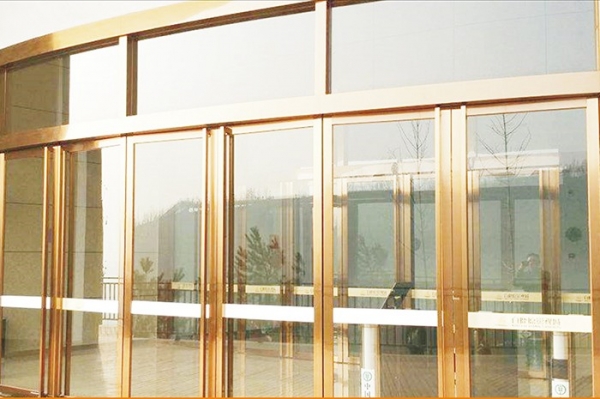What are the key points of toughening process for single piece fireproof glass
The damage mode of single piece of fireproof glass at the initial stage of incineration experiment is glass burst, which usually occurs in the first 15 minutes. Whether the glass burst at the initial stage of incineration is to confirm whether the single piece of glass has useful fire protection function. After 15-20 minutes of incineration test, the temperature of single piece of fireproof glass rises and the glass slowly begins to anneal to soften, which is the common feature of single piece of fireproof glass obtained by float glass reprocessing. With the extension of the burning time, the glass begins to soften and deform. At this time, the main damage mode of single fireproof glass is glass softening. Due to the action of gravity, the edge of the glass is separated from the device structure, resulting in the fire penetration failure of the fireproof structure. Therefore, as long as the appropriate device structure is selected and the glass is firmly fixed, generally, the high-strength fireproof glass can reach the burning time of more than 90 minutes (class I standard). The larger the application specification of a single piece, the greater the self weight ratio deformation of the glass, and the fire prevention time of the glass will be shortened.
Generally, the surface stress of high-strength tempered glass is required to reach 170-250mpa. When the air-cooled tempering process is selected, the surface stress is difficult to reach 250Mpa. At this time, the glass deformation is severe, and even cracks appear on the surface of the glass, and the glass is simply broken in the process of tempering. In order to obtain high surface stress, strong wind pressure should be selected for toughening treatment, and the glass heating temperature should be higher than the normal heating temperature, and the heating time should be appropriately prolonged, so as to fully clean up the residual stress of the glass, which is conducive to the fire resistance function of high-strength toughened glass.
2. Chemical treatment of glass surface, chemical toughening, ion exchange is to make K + (potassium ion) with larger radius replace Na + (sodium ion) with smaller radius, forming 20-100 on the surface of glass μ M ion exchange layer, which can bridge the microcracks on the surface of the glass and improve the surface strength of the glass. Because the chemical toughened stress layer is very shallow, the pure chemical toughened glass does not have the function of fire prevention. However, the microcracks on the surface of the glass can be eliminated through chemical tempering measures, which improves the fire resistance function of high-strength tempered glass.

3. After high-strength toughened glass, there is self explosion phenomenon. If heated and self explosion in the process of application, it will directly affect the fire protection function. Generally, heat immersion treatment is required in the production of single piece of fire-proof glass.
4. The device structure and device mode of single piece of fire-proof glass have a very important impact on its own fire-resistant function. The single piece of fire-proof glass should be tested together with the device structure. The device of single piece of fire-proof glass needs to fully consider the occurrence of thermal stress of the glass. The glass is bent and deformed when heated, and the device structure can get used to bending and deformation to prevent the superposition of thermal stress and mechanical stress.
Article source: monolithic fireproof glass http://twqwq.cn/
-
05-04
What are the problems of composite fireproof glass in fire fighting
Some supervisors mistakenly think that the door made of fireproof glass is the fireproof door, the partition made of fireproof glass is the fireproof glass partition, and the window made of fireproof
-
04-12
Fireproof glass door: how to ensure that the fireproof door can play a role in critical times
How to ensure that the fire door can give full play to its ideal effect in critical time?1. Select appropriate typesAccording to the relevant specific introduction of fire doors, we can know that at t
-
02-17
Where is the fireproof glass generally installed
(1) the fireproof glass is generally installed on something. It may not be checked from time to time before installation. If the warpage, unsightness and glass hazards of the window edge and window ar
-
10-30
How to distinguish the quality of single fireproof glass?
1. Equipment conditions:No matter how to make a single piece of fireproof glass, it can't be done without some equipment, so if the manufacturer doesn't have the equipment, it can't mak
 中文
中文 English
English